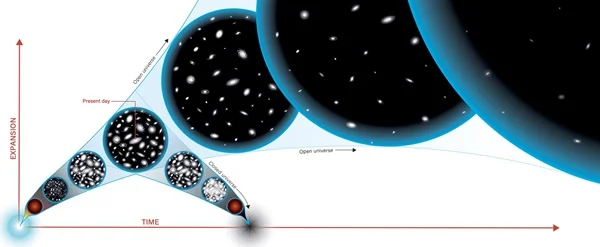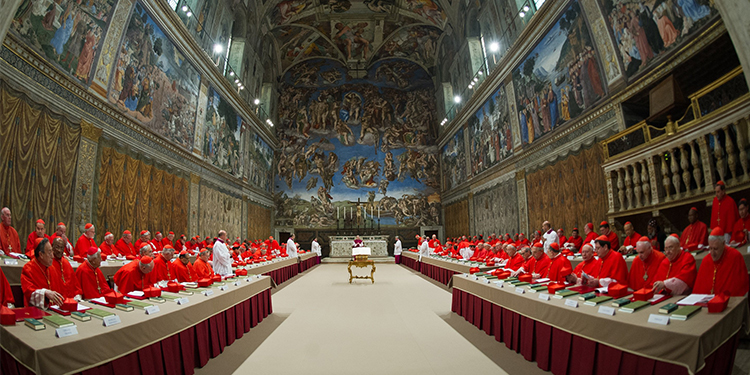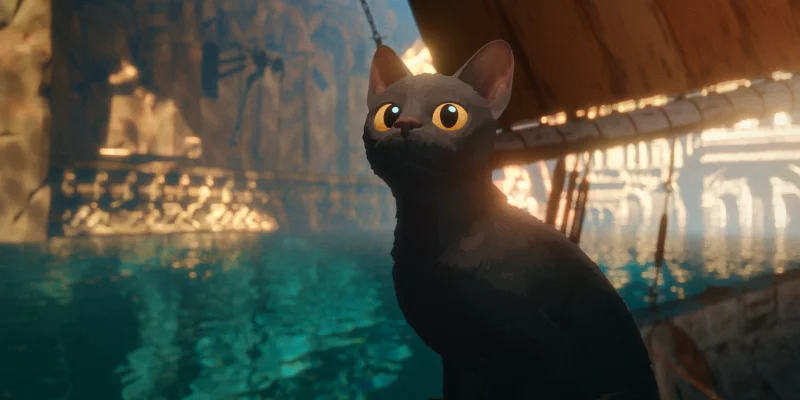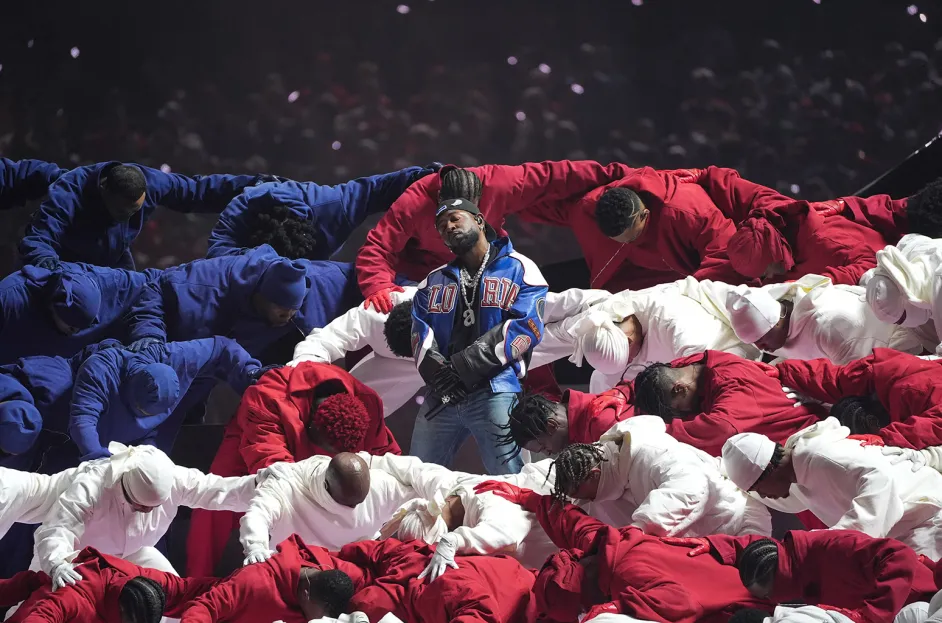The universe’s end has been something that’s been thought about for ages now, and scientists finally have an answer. It was previously believed that the universe would repeatedly expand and collapse, going through a constant cycle of death and rebirth. It’s now been revealed that the universe will likely drift apart until the galaxy and star formations cease to exist, fizzling out until darkness. Anything that remains after would be consumed by black holes, erasing any last trace of heat, so it’s called “heat death”. This end has been called the “Big Freeze” since once the last of the heat is gone, it’d be cold.
However, there have been other theories about the universe’s demise, called the Big Crunch and the Big Rip. Before I explain these endings, I need to explain what dark energy is first. Dark energy is the name astronomers have given to a mysterious force that’s expanding the universe at an accelerated rate. It makes up nearly 70% of the universe, yet there’s so little we know about it. But that hasn’t stopped theorists. Anyway, the Big Crunch is a theory that if dark energy ebbs, which is starting to seem more plausible, the universe could one day stop and eventually collapse. It was previously thought that the universe would just continue expanding faster and faster and faster without consequence that it almost becomes empty. Now, the chance of the expansion of the universe has the possibility of stopping and then collapsing. However, there’s no evidence to show that the universe has already stopped expanding and is collapsing in on itself. If it were to happen, it wouldn’t for at least another 10 billion years. Moving on, the Big Rip is when the universe rips apart. This is caused by dark and phantom energy. Dark energy, and its constantly accelerating nature, makes the universe smaller. The velocity between any two points would continue to grow, even beyond the speed of light. This means that galaxies would fly away from each other so quickly that they’d never see each other again. So, if two points were ripped apart faster than light, they’d no longer interact with any force of physics. Dark energy would leave behind intact objects, but phantom energy could tear them apart. Space itself would dissolve, this event being the Big Rip, because any two points would be ripped infinitely far away from each other. The structure of space-time and its foundations wouldn’t behave any longer, the universe would just break down.
Anyhow, the Big Freeze, an ending predicting the universe will drift apart until there’s nothing left. Evidence for this theory was first discovered in the late 1990s by two groups of scientists surveying the universe and studying a dying star type called the la supernovae. The scientists found distant blasts looked dimmer, therefore further away. This proved the universe’s expansion wasn’t slowing down, it was speeding up. They’d found out about dark energy. This discovery proved that the universe wouldn’t end in the Big Crunch because even with all the matter in the universe tugging forward, gravity wouldn’t be strong enough to overcome the inflating effect of dark energy. So, dark energy will continue to expand, eventually making all the closest galaxies too far away to see and snuff out star formation. Anything else that remains would be eaten up by black holes or white dwarfs. This would take a googol (one followed up by a hundred zeros) from now. The last things that’d remain would be supermassive black holes, which will evaporate via Hawking radiation. Matter would be a distant memory, and the universe would enter a Dark Era.








